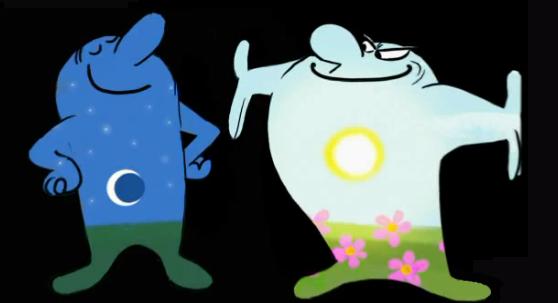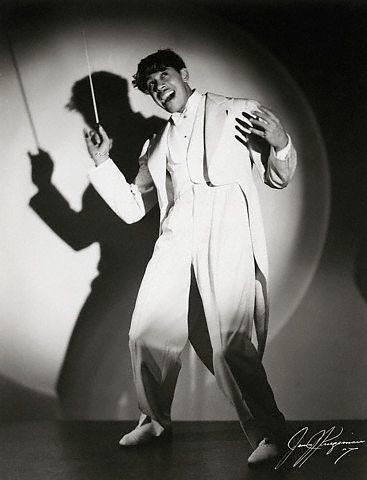This lecture comparing western animation such as Pixar and Disney with Eastern anime such as Studio Ghibli mainly just inspired me to do more research on different types of animation. I also learnt that we should't always treat things with the newest technology as better than old, for the best art forms re-interpret the past to make something in their own form. Whilst looking online I found an article about the animation Oscar shortlist. The list includes several clips you might already have seen like the short that was before Toy Story 3 called 'Day and Night'.


http://voices.washingtonpost.com/comic-riffs/2010/12/the_oscars_here_are_the_10_sho.html
There are some good clips on the page but my favourite one of all was "The Silence Beneath the Bark" directed by Joanna Lurie, (Lardux Films).
I really love the simple story going on between the characters who are exploring some snowcovered woods and just messing about with each other. The style is amazing with layers of colour and texture overlapping with sometimes whole areas of blank that make you really concentrate on certain parts of the screen. I really want to see the whole film.
Just as good but in a different 3D CGI style is "I Lived On The Moon" animated by Yannick Puig and music by Kwoon.


![[animation1.jpg]](https://blogger.googleusercontent.com/img/b/R29vZ2xl/AVvXsEh-8KXKICKzUkagZgeblV3v3L8-nju7EFPAPyBOzHlSxZ_fdbrNpDR5FpjLPQaALD2-obdz01-lHLu1Ckl0svBU8Kc_hkv5hHE30sT9Zq2XfUehzCZw-ejO44lqJIn8k6Kpb1uSDv3IRP7Z/s1600/animation1.jpg)



